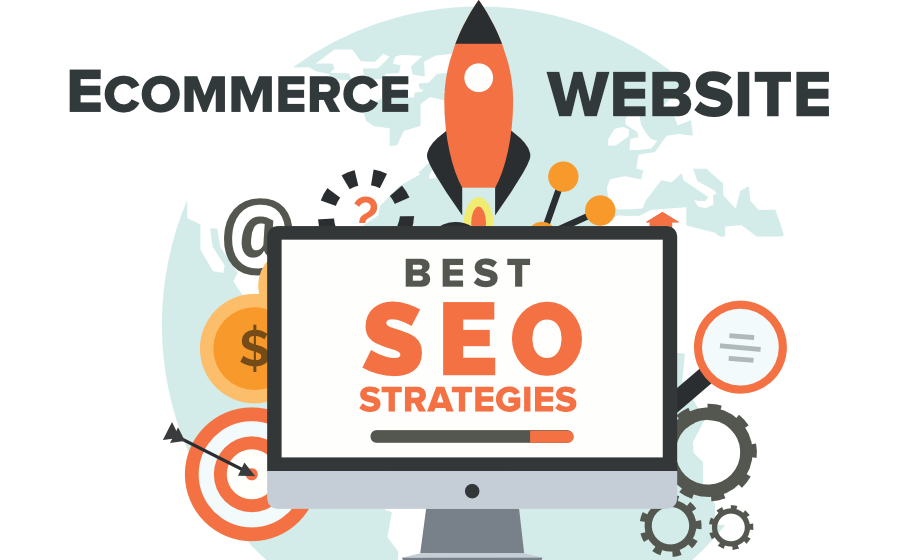Ecommerce SEO, the present and the future. When it comes to ecommerce, a strong online presence is crucial for success. The first step to having a successful online presence is to make sure that potential customers can easily find your website through search engines like Google. That’s where search engine optimization (SEO) comes in.

SEO is the process of optimizing your website to rank higher in search engine results pages (SERPs) for relevant keywords and phrases. This not only helps drive more traffic to your website, but it also increases the likelihood that this traffic will convert into paying customers.
In this guide, we’ll cover the basics of ecommerce SEO and provide actionable tips to help you get started.
Keyword Research
Keyword research is the process of identifying the keywords and phrases that your target audience is searching for. This information will inform the content and structure of your website, as well as your overall SEO strategy.
To start your keyword research, begin by brainstorming a list of relevant keywords and phrases. Consider the products or services that you offer and think about the terms that potential customers might use when searching for those products or services.
Next, use a keyword research tool like Google Keyword Planner or SEMrush to see how frequently these keywords are being searched and what the competition looks like. Aim to find keywords with a high search volume and low competition.
On-Page Optimization
On-page optimization refers to the optimization of individual web pages to rank higher and earn more relevant traffic. Here are some key on-page optimization elements to focus on:
Page Titles and Meta Descriptions
Page titles and meta descriptions are critical components of on-page optimization. The page title appears in the search engine results and gives users an idea of what the page is about. The meta description provides additional context and can help entice users to click through to your website.
When writing page titles and meta descriptions, aim to include your target keywords and keep them under 60 characters for page titles and under 160 characters for meta descriptions.
Header Tags
Header tags (H1, H2, H3, etc.) help organize your content and communicate its hierarchy to search engines. Use H1 tags for the main title of the page and H2 and H3 tags for subheadings.
URL Structure
The structure of your URLs can also have an impact on your SEO. Use descriptive, keyword-rich URLs and avoid using dynamic parameters like “?id=1234.”
Content
Content is the backbone of your website and is critical for both user engagement and search engine optimization. When creating content, aim to provide value to your target audience and include your target keywords where appropriate.
Images and Alt Text
Images and videos can help break up long blocks of text and provide additional context to your content. To optimize these assets for search engines, include descriptive alt text for images and transcribe videos for accessibility.
Off-Page Optimization
Off-page optimization refers to the optimization of elements outside of your website that can impact your search engine rankings. Here are some key off-page optimization elements to focus on:
Link Building
Link building refers to the process of acquiring links from other websites to your own. These links serve as “votes of confidence” for your website and can help improve your search engine rankings.
When building links, aim to acquire high-quality, relevant links from authoritative websites in your industry.

